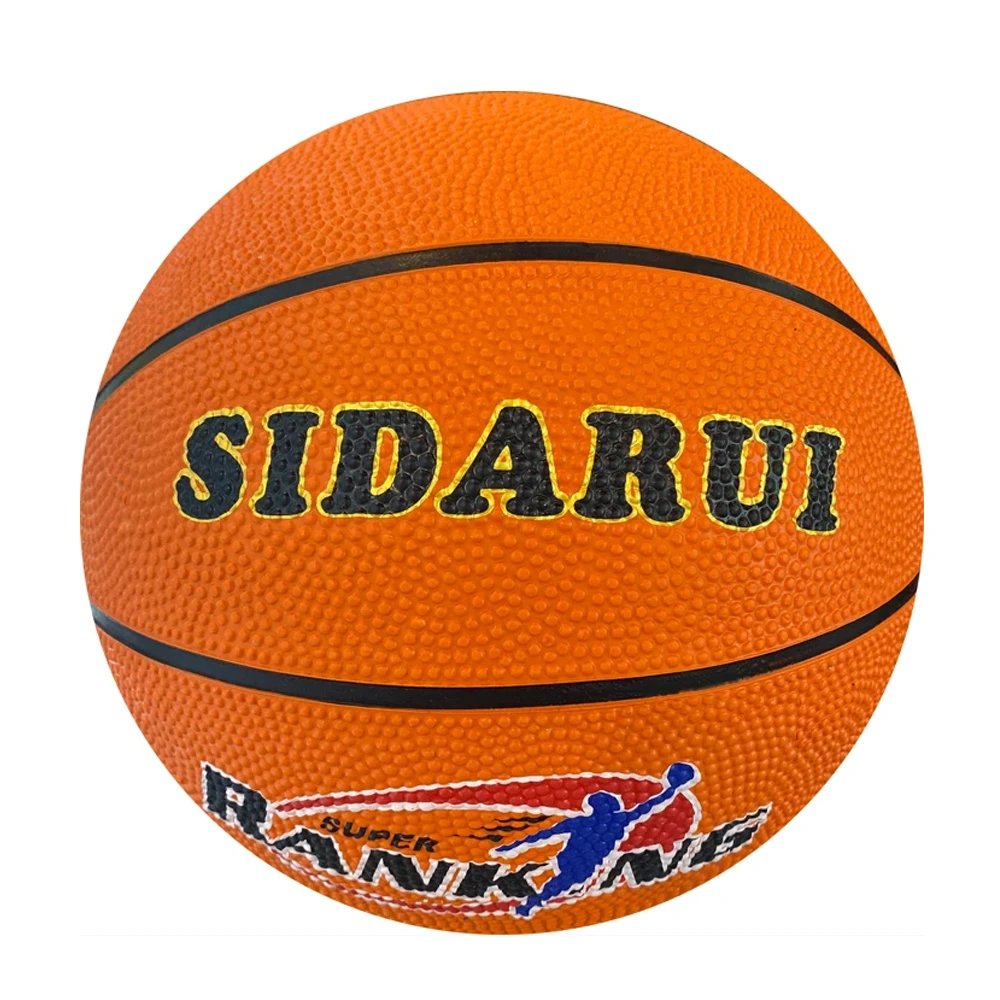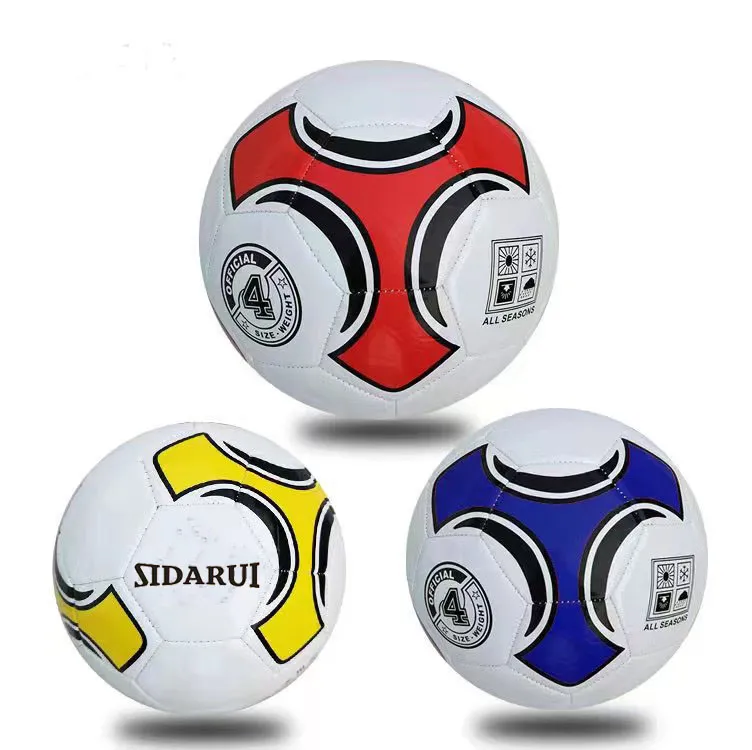When evaluating the right football for your next match or training session, the choice often boils down to two primary contenders rubber moulded and stitched footballs. Each type has distinct characteristics tailored for different uses, and understanding these can significantly enhance your performance and enjoyment on the field.

Rubber moulded footballs, often seen in practices and recreational play, are manufactured with a seamless design. This construction is achieved by using a mould to form the ball, resulting in a consistent shape that resists deformation even after extended use. These balls are known for their durability, mainly due to their hard rubber exteriors which withstand repeated impacts and adverse weather conditions. For players and coaches who frequently practice, particularly on harsh surfaces like concrete or gravel, a rubber moulded football is an economical choice that promises longevity. Moreover, its water-resistant properties mean it won’t absorb moisture during rainy sessions, maintaining its weight and performance integrity.
On the other side, stitched footballs are synonymous with professional play, appreciated for their superior handling and flight characteristics. These balls are crafted from individual panels, typically 32, skillfully stitched together. This intricate design allows for more controlled aerodynamics, offering consistent flight patterns that are crucial during competitive gameplay. The outer layer is usually made from synthetic leather, providing a softer touch that enhances ball control and precision. This makes stitched footballs the preferred choice for matches, where the quality of play is paramount. Additionally, their cushioned surface is gentle on players' feet, reducing fatigue during lengthy sessions.

Selecting between these two largely depends on the intended use. If your primary focus is on durability and weather resistance, rubber moulded footballs make an excellent option. They are ideal for environments where the ball takes more of a beating, such as in schoolyards or recreational centers. Coaches favor these for their cost-effectiveness and ease of maintenance, as they do not require constant inflation checks due to their sturdy construction.
rubber moulded football vs stitched
However, for those aiming to maximize game performance, stitched footballs are unrivaled. Their precise construction provides a superior experience in organized spells, where the ball's behavior can influence game outcomes significantly. Advanced players and professionals often appreciate the feedback these balls offer, as they react accurately to various kicking techniques.
In balancing the advantages and nuances of rubber moulded versus stitched footballs, player preference, game setting, and budget are critical factors. Novices benefit from rubber moulded options due to their robustness against mishandling, while seasoned players will find stitched footballs indispensable for advancing their skills to a competitive level.
Ultimately,
the choice between a rubber moulded football and a stitched one reflects the user’s needs and playing context. By evaluating your priorities – whether they lie in endurance or precision – you can make an informed decision that enhances your engagement with the sport. Whether on rugged playgrounds or pristine pitches, the right ball can transform your playing experience.













